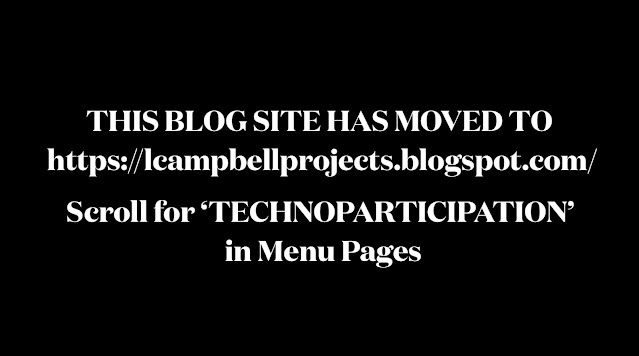LET RIP: RIPPING, REMIXING AND REINVENTING MATERIALS AND ME published in Moving Artists Image Journal 4
LET RIP: RIPPING, REMIXING AND REINVENTING MATERIALS AND ME by Dr Lee Campbell, Artist and Senior Lecturer, University of the Arts London
Dr Lee Campbell shares his journey of using the ‘rip’ as a way of re-engaging with past work and past selves during the pandemic in MIA Journal Issue 4
Join the launch event with a special online ZOOM performance by Lee at 2pm BST on Saturday 9th April
Moving Image Artists (MIA) is an organisation dedicated to supporting and cultivating contemporary moving image art and experimental film.
Extract
What may it mean to remediate, excavate and bring back to life a personal archive of paintings and drawings and mobile phone recordings made over the span of 25 years through the medium of moving image?
Beginning a perpetual process of making and remaking, constantly recycling myself, constantly requoting myself to create a density, beginning in late 2019 and then again at the start of lockdown March 2020 I made several short films which reused/recycled bodies of my past artwork. These films used the rip as both metaphor, symbol and structure to build upon existing work, create new forms out of ‘old’ practice and indeed show new versions of ‘old’ me. Collage became a major tool in this recent film practice, reinvigorating paintings and drawings that I produced nearly twenty years ago which are juxtaposed throughout my films with current photographic and performance for camera work. Things insist, in a spiral, nothing’s wasted. In this exciting new phase of my practice, I used all my capacities, from theatre to drawing, to painting, to language, to the comic, to the affective, to the relational, to painting and performance and film. Excavating (fine art) work I made long ago and resuscitating it, I brought these back to life through the medium of film.1 Integrating my fine artwork into my film work, my films created an arresting palimpsest effect by recycling pieces from previous bodies of work and placing them within my current context to see how their meanings may now differ from when they were first conceived.


